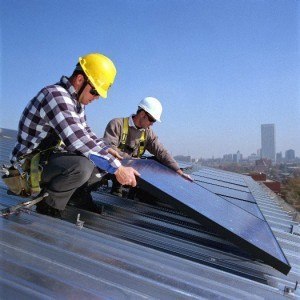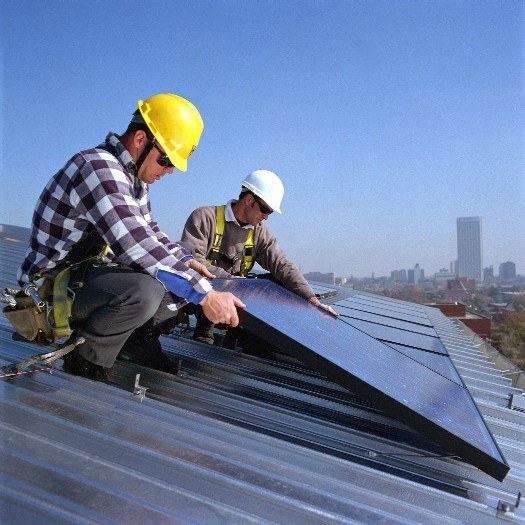AUSTRALIAN solar has just a five-year window of opportunity to strengthen its position, a conference in Melbourne was told yesterday, otherwise it will miss out.
A number of large-scale Australian solar electricity projects are to be built with $1.5 billion of federal government funding at a time when there is record spending globally on solar energy.
In the US, the government is spending $US12 billion ($11.3 billion) across 12 projects in the second quarter of 2011.
”Once again, we are not at risk of leading the pack, but of falling behind. We need to put an end to the brain drain and keep our brightest solar minds delivering local innovations,” Matthew Warren, from the Clean Energy Council, told a solar industry conference yesterday.
”The critical thing is to get projects built so that we can develop local skills and expertise. This will enable us to learn and innovate, identifying ways to bring the technology down in cost while increasing its effectiveness.”
Government needs to create a stable policy environment to facilitate investment in large-scale Australian solar projects, he said, with a clear pipeline of large-scale solar projects required by 2020, 2030 and 2050, which will help build local capacity and help achieve cost reductions.
Mark Twidell, from the Australian Solar Institute, said the cost of photovoltaic cells is declining around 20 per cent annually, as the efficiency of converting light into electricity rises towards 20 per cent, which is near the anticipated peak of 25 per cent with existing technology.
”The capital costs with large-scale solar is huge,” he said. ”Even if they are halved, which would make solar competitive with gas, the upfront capital investment is still very large.
”Without financial sector support, large-scale solar is not going to take off. The technology needed to lower the capital cost is yet to be proven, and that research is needed to win the backing of the banks and financiers.”
The Minister for Energy, Martin Ferguson, said a carbon price would spur investment in renewable energy. The proposed $10 billion Clean Energy Finance Corporation would assist solar overcome this handicap.
by Brian Robins, SMH

